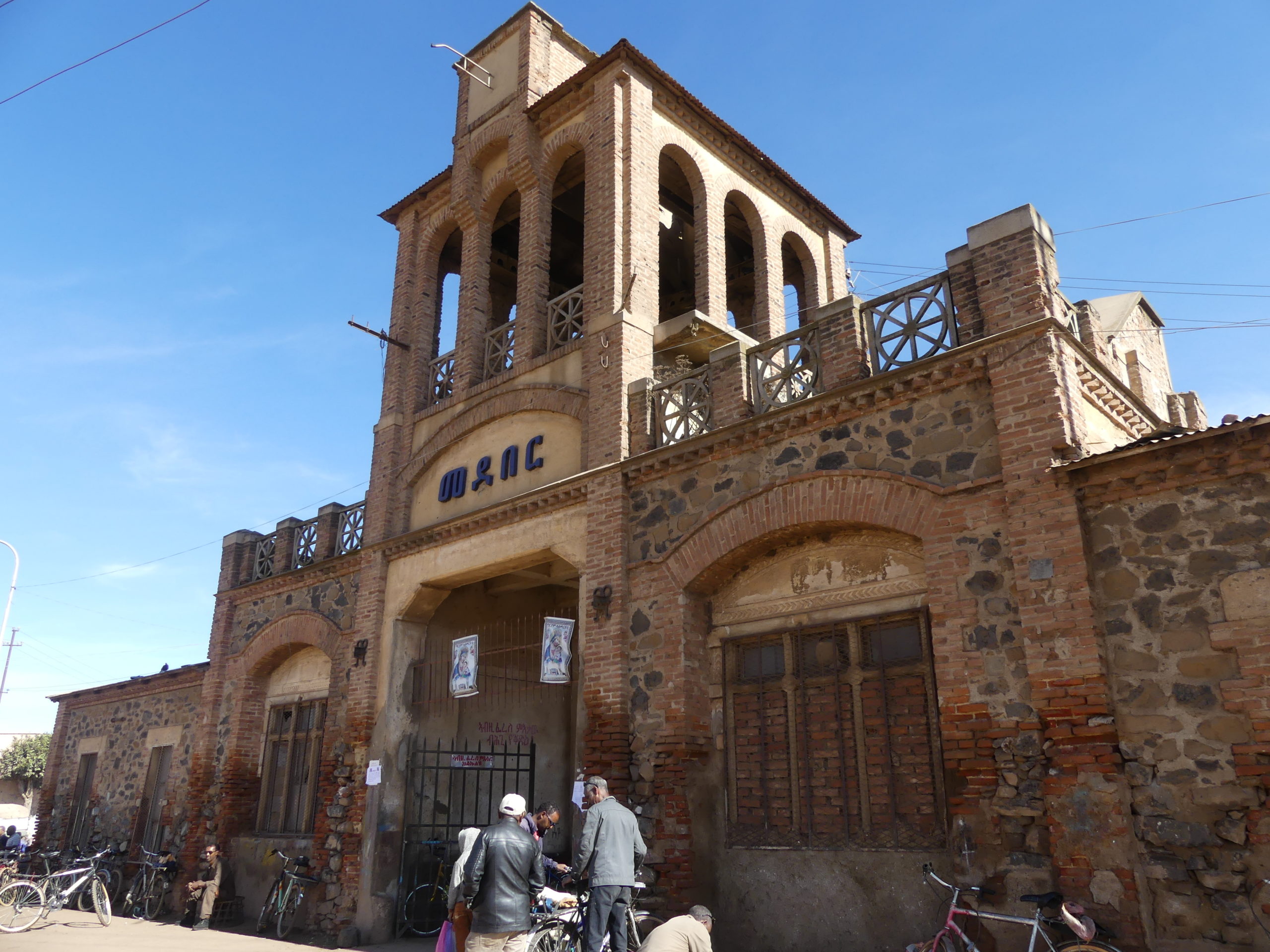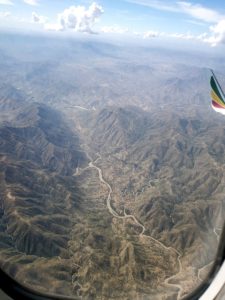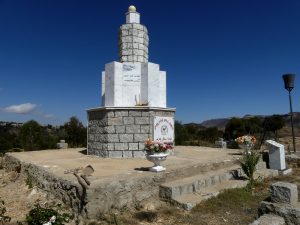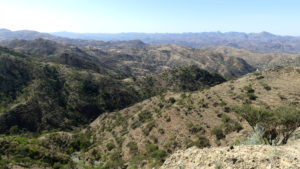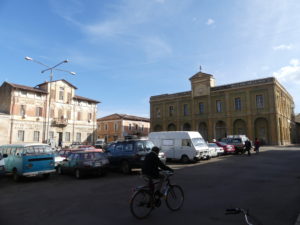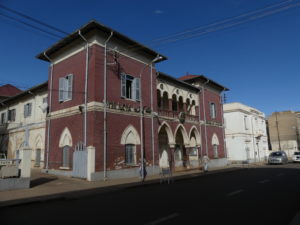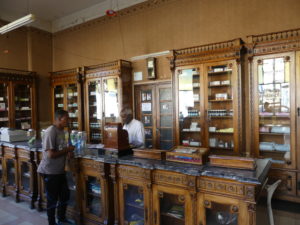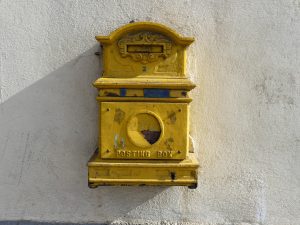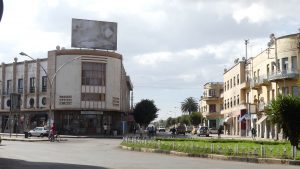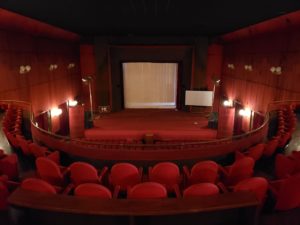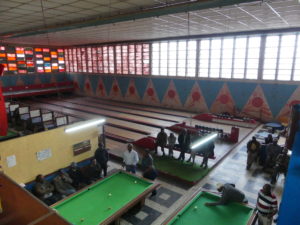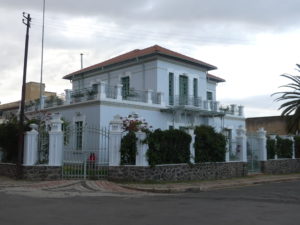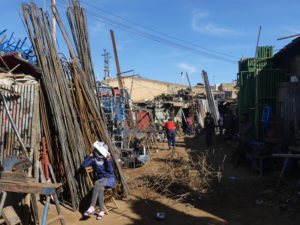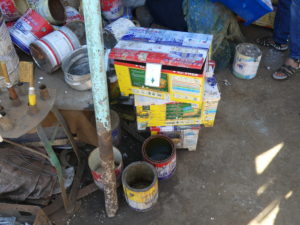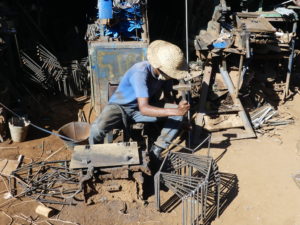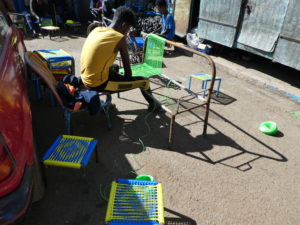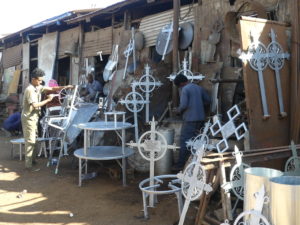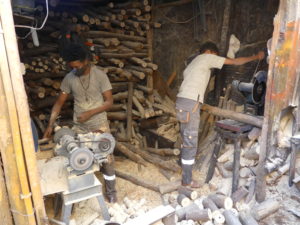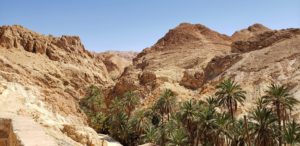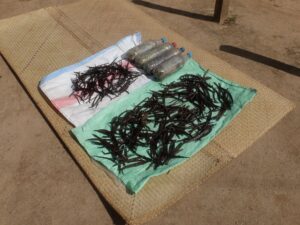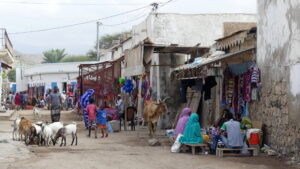The highland capital of Asmara is both the center of the country and its largest city – as well as a UNESCO World Heritage site due to how well preserved is the Italian colonial heritage there. But to understand the heart of its people, one needs to know about the long war of independence.
Eritrea’s war of independence
A region of rugged hills fills the terrain between Ethiopia’s capital and Eritrea’s. You will not readily see anything like a border in this span. Here is that corrugated land packed with hills and no border in sight.
But agreement on the border between the two countries, and even the independence of Eritrea, has long been contentious. After WW2, when the Italian colonizers were swept out, the British and Americans decided to hand Eritrea over to control of their strategic allies the Ethiopians. That perpetuated a form of oppression and restriction that was a heritage from the colonial past. A murderous war of liberation beginning in the 1960s led to independence for Eritrea by 1991, though conflict continued.
Hundreds of thousands died. During the war, residents from every village and town died for the country’s liberation. Much heartache and passion remains about that time. So each town has a graveyard and memorial in remembrance of those who were lost. For example, the memorial mount at the Patriots’ Cemetery in the southern town of Adi Keyh honors, in its inscription, the independence won and vows that those who fought and died will never be forgotten.
In a large field at the outskirts of Asmara, we found a very different memorial, a tank graveyard. Here, some of the debris from years of fighting between the two countries is heaped. No one has bothered to remove or, better yet, select some of these for an outdoor, educational museum.
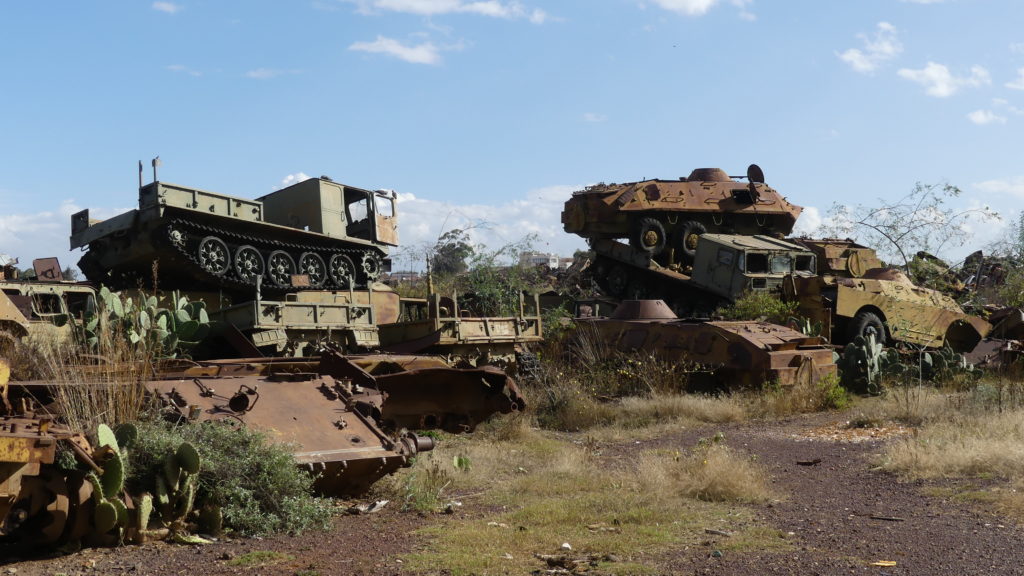
After nearly 30 years, however, these won’t be here much longer. New housing developments are already encroaching on the field. Moreover, as one drives through the countryside, one can round a bend and come upon other tanks abandoned to rot.
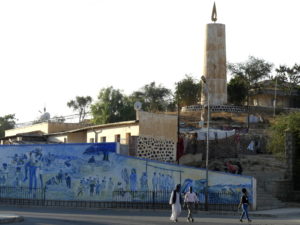
In the central town of Keren, a mural commemorates the oppression of Eritreans before independence. It sits below a hillside site topped by a symbolic candle of hope and spirit. On the right of the mural is an image of public hangings for minor offenses which were intended to keep the locals in line. At this site, Eritreans gather on Independence Day to celebrate their freedom from subjection.
In the countryside, re-constituting the land has been an important initiative since war’s end because forests were depleted and swaths of the country’s extraordinary landscape devastated during the long war against Ethiopia. Every summer the young people of Eritrea are required to serve their community and the future by working to terrace the hills and plant countless trees.
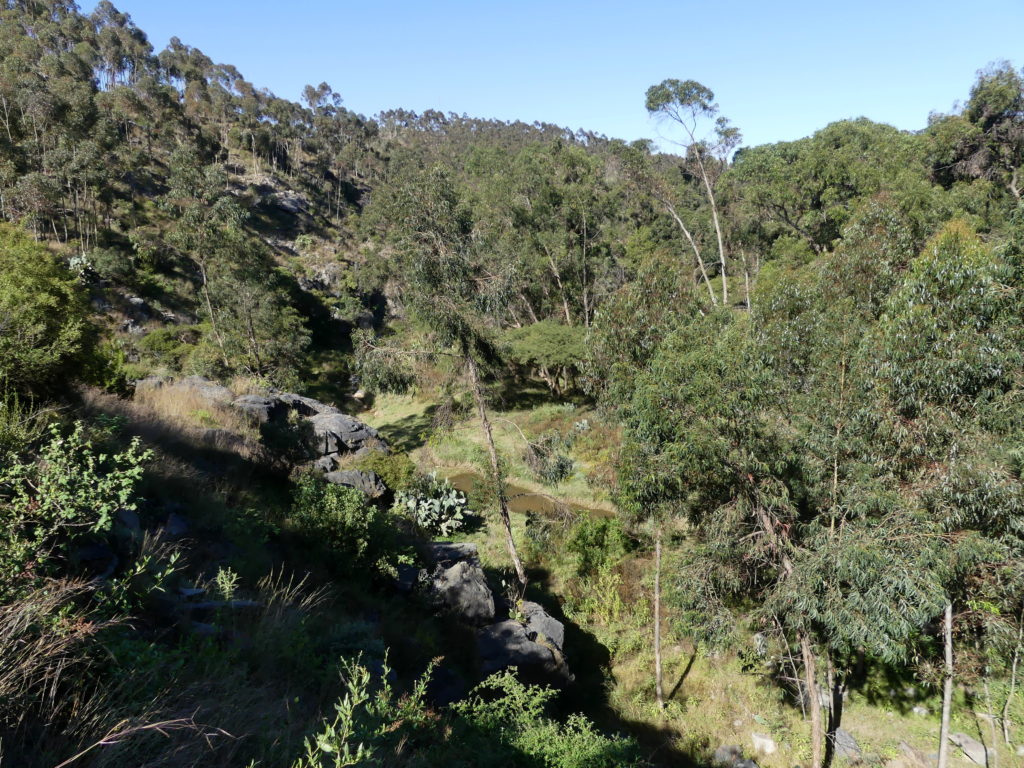
This effort prevents soil erosion and also carves out areas for crop planting.
A kind of rebirth, yet…
Sadly, since the 1990s, progress toward cooperation between the two countries has bumped slowly along. And the border itself, a symbol of Eritrean independence or denied Ethiopian rights, remains as hard to reconcile as its location from the air.
Asmara
Asmara, Eritrea’s capital, is a UNESCO World Heritage site because of the plentiful remains of the Italian colonial occupation of the country from the 1890s through World War 2. By the 1920s and 30s, Mussolini and his Fascist government planned to create a new Roman empire, starting with this edge of the horn of Africa. Asmara was to be the showcase for the magnificence of Italian rule, a highland refuge at 2300 meters high from the hot, disease-ridden coastal town of Massawa. So, as had been the custom of the ancient Romans while they extended their rule, the invaders reproduced in buildings and customs what they savored in Italy – Renaissance palaces, grand churches, and other anomalous demonstrations of their power.
The Catholic Cathedral, in particular, fills a three-square block of land in the center of Asmara, an echo of Renaissance Italy in its decorated brickwork and dominating tower.

These palazzos on a very Italianate piazza had been banks under the Italians, and still operate as Eritrean banks.
A gothic and Renaissance pastiche housed the Bank of Italy in the past, and now the Bank of Eritrea.
An old pharmacy with the original hand-made wood fixtures still dispenses medicines and other products, like a tummy smoother for tight clothing.
Under the Italian rule, no native Eritreans would have been allowed in.
Old post box. In the center of town, the simply decorated, but colorful post office also dates from the Italian period. It still operates as it did in the past, though with a small staff crowded into a couple of service windows, out of the dozens in the hall.
By the 1930s, art deco and Futurist style demonstrated modernity and the machine age, as well as the goal of a Fascist empire.
One art deco intersection retains a famous building echoing an ocean liner, complete with portholes.
At another intersection, an intriguing Futurist petrol station no longer operates from the front, but supplies fuel around the back.
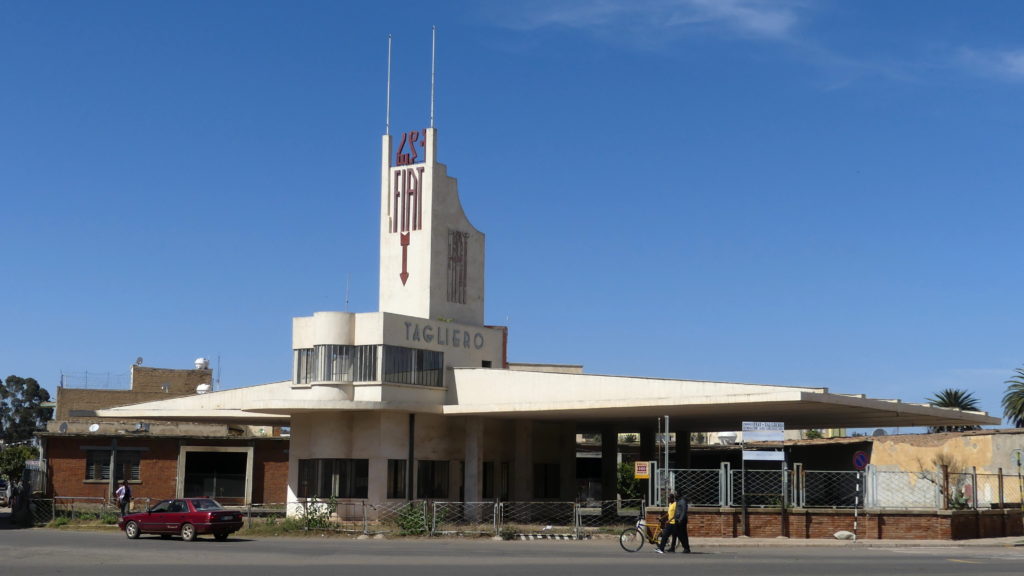
Ever since it was built people have questioned why the cantilevered airplane wings don’t just collapse. Reportedly, the architect knew it would stand for a long time. Next door is an art deco building that sold Italian tires and still supplies tires for cars.
The occupying Italians revered the cinema. At least half a dozen film theatres dot the city streets, from the oldest and most austere (Cinema Dante) to the fanciest art deco (Cinema Excelsior, now called Roma). This is the very red interior of the refurbished Roma theatre. Most still show films, but the local passions run to other interests: coffee (so the theatres remain open all the time as coffee shops) and soccer (so the schedule is filled with broadcasts from some League or other).
We could have attended Liverpool vs Man United at a theatre whose street-side loudspeakers loudly blared the pre-game analysis to attract more attendees. With cable and other media options still limited in Eritrea, the theatres offer entertainment difficult to enjoy otherwise, in an amiable social setting.
Since the Italians departed, the capital has changed very little because economic development was subverted by Eritrea’s occupiers and then the debilitating war of Independence from Ethiopia.
Many of the commercial Italian buildings continue to be used, sometimes for the same purpose like banks and government offices or theatres, but for all Eritreans, not for only Italians as in the past. This bowling alley served the elite in Asmara since the late 40s. It was re-made into a general entertainment center, with video games along one wall, an Italian form of billiards in one corner and ping-pong tables. And of course another of the ubiquitous cafes. Six lanes still offer the original bowling experience.
Before Italy barged in, four tribes divided the city. The women of the tribes pushed their chiefs to unite in one city, designated in the local language for their accomplishment: “they brought us together.”
The Italian colonizers brought a different kind of unity, occupying the capital with their citizens and enforcing second-class lives on the locals. Several private Italian villas, somewhat elevated from the main part of town, say a lot about this past, though now owned by locals and recently renovated.
Still the hundreds of Italianate buildings they erected – along with a culture of pastas and pizza, coffee and pastries and gelato, plus more subtle habits of thought and action – continue to fill the capital, preserving a notorious past in flesh and stone.
A transformative corner of Asmara – the recycle center
With the pungent smell of chili powder attacking our airways, we visited a residential section of Asmara that had been one of the neighborhoods to which native Eritreans were restricted during the colonial occupation.
In about a hectare of space, a great host of Asmaran metal-benders, wood-workers and craftsmen labor to turn discarded materials into usable items, such as this colorful wood cabinet.
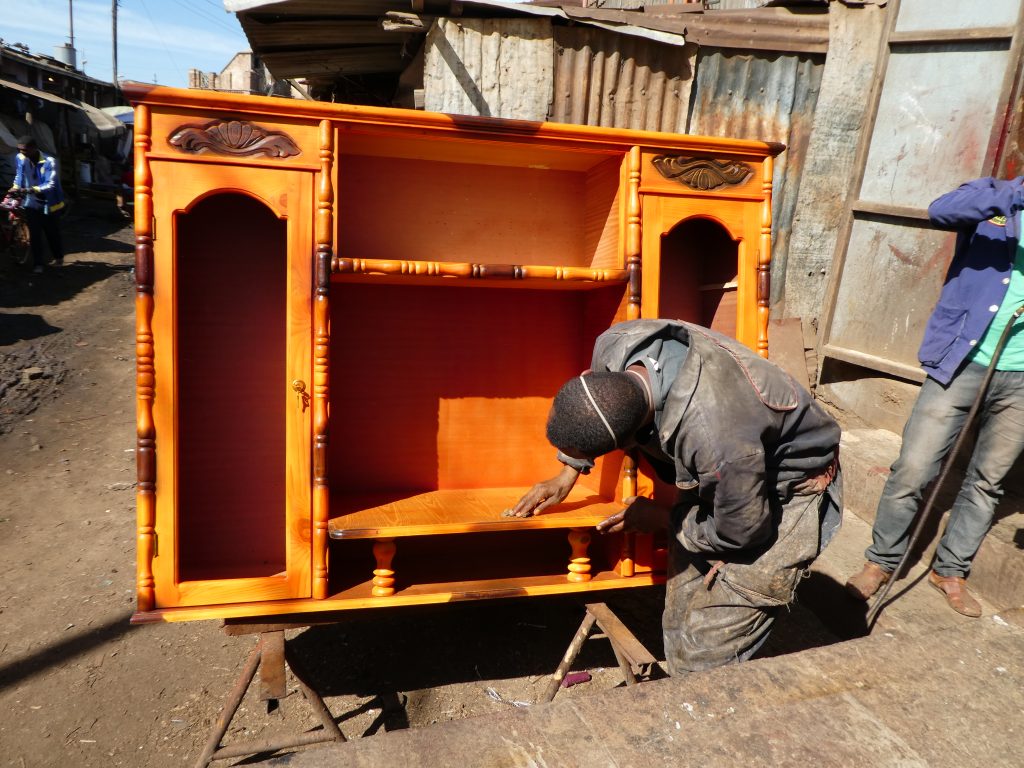
Here, to us, was a place of hope. Out of the old ghetto, hard working Eritreans forge new possibilities.
To enter the center, one first passes through the overly fancy grand gateway, which was a truck stop under the Italians and now the portal to the recycling hub
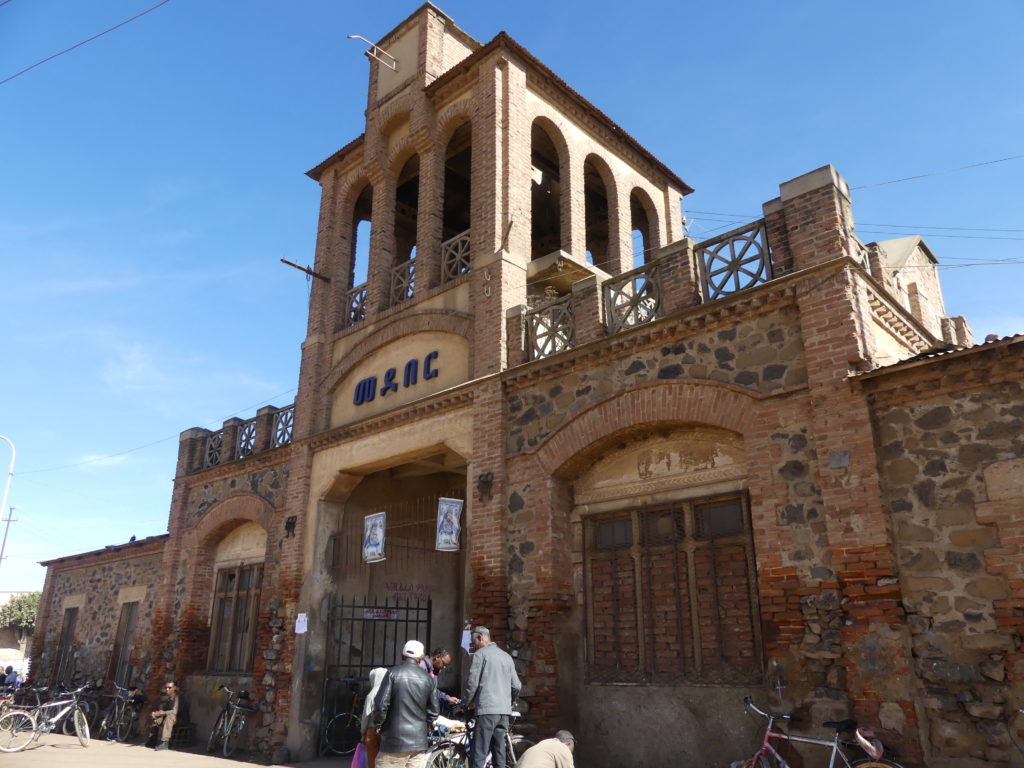
Wide lanes and narrow ones pass by the workshop shacks. In one wide lane plenty of raw materials are stacked. These are family businesses, it seems: younger boys do the less demanding finish or prep work on the products.
The center is a noisy boisterous place with the bang of hammered metal, sizzle of acetylene, buzz of wood saws, and roar of smelters.
Two men do some metal banging at the recycling center. These discs will be used to make the inescapable bread in traditional food here: the oversized, spongy, slightly citrus injera.
And a place of transformation.
Piled up at each of the many shack-like work spaces might be rebar or sheet metal or paint cans or sticks or broken furniture.
Input and output: large cans are banged flat, cleaned up and turned into storage boxes to transport tea making items to a family gathering or picnic.
Smaller cans were converted to small pans with long handles for roasting coffee beans when you want them.
And piled up as well are the products to which the workers have converted those materials – from dressers to beds to funerary emblems to cooking tools to colorful outdoor furniture, all things used daily by fellow Eritreans.
In one section, we saw men turning rebar into seating with pincer tools and acetylene torches.
And, in another section, workers young and old strung brightly colored webbing onto metal frames for chairs and stools.
Funerary markers, soon to adorn the graves of dead relatives, are converted from bits of metal and aluminum.
A seemingly endless supply of wood pieces turn into furniture legs and decorative items on the lathes.
As we departed through a back portion of this Hephaestian melee, we found the source of the peppery air. Local women made a very different kind of transformation: they stripped roasted chilis, sifted the seeds, and crushed the skins into powder to mix up the strongest of hot spices for cooking local foods. As invigorating as the recycling center itself.
(To enlarge any picture above, click on it. Also, for more pictures from Eritrea, CLICK HERE to view the slideshow at the end of the itinerary page.)


